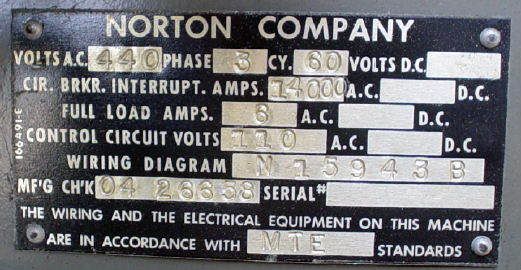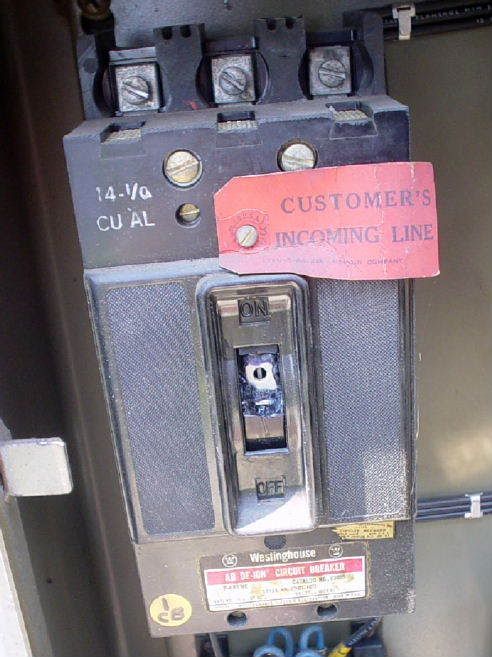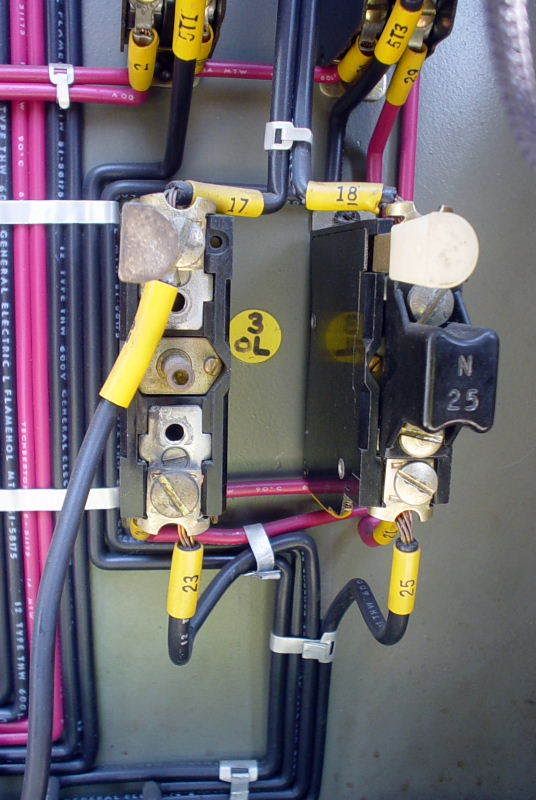Forrest Silas
Aluminum
- Joined
- Mar 31, 2005
- Location
- Clanton Alabama
I recently bought a Norton surface grinder that is set up for 440 3 phase. I don't have a transformer. I did notice that the spindle motor and hydraulic pump motor are 9 wires and have diagrams for wiring to 208-220 / 440. The tag in the electrics box says 440 3 phase. Here is a picture of it.

Also, the switch on the main disconnect inside the box is broken.

Here is an overall view of the box

I plan to run this machine with a RPC. What would it harm to bypass this box, wire the motors for 220, and use toggle switches to turn the motors on and off?
Thanks,
Forrest

Also, the switch on the main disconnect inside the box is broken.

Here is an overall view of the box

I plan to run this machine with a RPC. What would it harm to bypass this box, wire the motors for 220, and use toggle switches to turn the motors on and off?
Thanks,
Forrest



 Your scaring me here, this is no place for toggle switches. Let's just drop that idea right here.
Your scaring me here, this is no place for toggle switches. Let's just drop that idea right here. If it is not all that difficult to change it to 220, I would rather keep the factory setup. If you have those push button switches I need send me a PM and I will send another check.
If it is not all that difficult to change it to 220, I would rather keep the factory setup. If you have those push button switches I need send me a PM and I will send another check. 